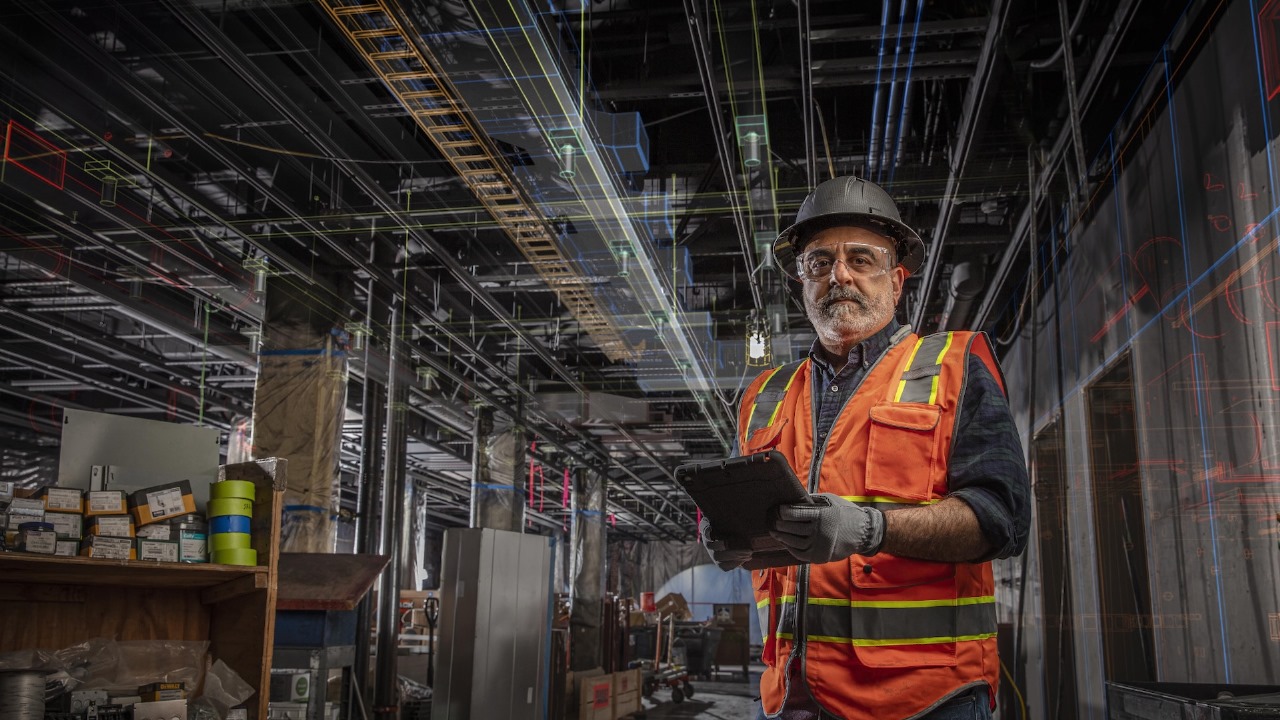In today’s fast-paced and unpredictable world, ensuring safety at the workplace is more important than ever. One of the foundational elements of workplace safety is effective communication during emergencies. Emergency communication tools play a crucial role in helping organizations respond promptly and efficiently to crises, minimizing risks and protecting employees. As we move further into 2025, workplaces must adapt and implement advanced emergency communication tools to stay prepared for any situation.
Why Emergency Communication Tools Are Vital
Every workplace faces potential emergencies, from natural disasters and fires to security threats and medical incidents. Without reliable emergency communication tools, the ability to quickly alert employees and coordinate responses becomes compromised. These tools are essential for:
- Immediate notification of emergencies
- Clear and consistent communication across teams
- Coordinating evacuations or lockdowns
- Providing real-time updates to responders and employees
With the rise of remote and hybrid work environments, emergency communication tools have evolved beyond traditional systems, incorporating multi-channel solutions to ensure messages reach everyone regardless of location.
Key Types of Emergency Communication Tools
Mass Notification Systems
Mass notification systems are central to any workplace emergency communication strategy. These platforms send alerts through multiple channels such as text messages, emails, phone calls, and app notifications. In 2025, the most effective systems use AI to prioritize alerts and customize messages based on the severity and nature of the emergency.
Two-Way Communication Devices
Two-way communication tools allow real-time dialogue during emergencies. Devices like walkie-talkies, dedicated emergency apps, and integrated communication platforms enable responders and employees to exchange vital information quickly. This two-way functionality is critical for verifying the safety of individuals and coordinating rescue efforts.
Emergency Alert Apps
Mobile apps designed specifically for emergencies have become a staple in workplaces. These apps enable instant reporting, location sharing, and access to emergency protocols. Their integration with wearable technology and IoT devices ensures faster detection and response to incidents.
Digital Signage and Public Address Systems
Visual and audible alert systems such as digital signage and public address (PA) systems help communicate evacuation routes, safety instructions, and updates during emergencies. In noisy or large facilities, these tools ensure everyone receives critical information simultaneously.
How to Choose the Right Emergency Communication Tools
Assess Your Workplace Needs
Every workplace is unique, and selecting the right emergency communication tools requires a thorough assessment. Consider factors like workplace size, employee distribution, types of risks, and existing infrastructure.
Integration Capabilities
Modern emergency communication tools must seamlessly integrate with other safety and security systems such as fire alarms, access controls, and building management systems. This integration allows for automated responses and comprehensive incident management.
User Accessibility
Tools must be accessible to all employees, including those with disabilities. Features like multilingual support, easy user interfaces, and compatibility with assistive technologies enhance inclusivity during emergencies.
Reliability and Redundancy
Ensure your emergency communication tools have multiple delivery channels and backup systems to maintain functionality during power outages or network failures.
Implementing Emergency Communication Tools in 2025
Training and Drills
Having emergency communication tools is not enough without proper training. Regular drills and training sessions help employees become familiar with how to use these tools effectively during real emergencies.
Continuous Updates and Maintenance
Technology evolves rapidly, and so do threats. Keeping emergency communication tools updated with the latest software and hardware improvements ensures ongoing reliability and security.
Leadership and Communication Policies
Clear policies regarding emergency communication protocols empower employees to respond confidently. Leadership should promote an open culture where safety communication is prioritized.
Conclusion
Emergency communication tools are indispensable in today’s workplace safety landscape. As 2025 progresses, businesses must prioritize implementing advanced, reliable, and accessible emergency communication tools to safeguard their employees and assets. From mass notification systems to two-way communication devices, these tools ensure timely, clear, and effective communication during critical moments. By investing in the right emergency communication tools and fostering a culture of preparedness, workplaces can navigate emergencies with resilience and confidence. Safety-Chat encourages every organization to take proactive steps toward comprehensive emergency communication solutions today.
